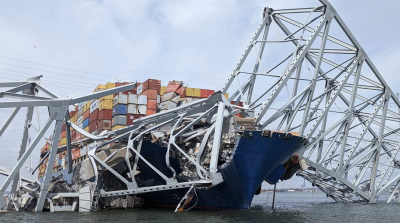Voyage planning is always subject to the garbage-in, garbage-out principle. It is only as good as the accuracy or quality of the information you’re using. The quality of output is determined by the quality of the input.
Despite outward appearances, virtually nothing on earth is static. Things are changing all the time. How often does anyone think about that while planning a voyage and executing their plan? The old analog-age saying “paper never refused ink” has a modern digital counterpart: “no screen refuses a pixel.” Translation: Just because it’s on a chart doesn’t make it so. Understanding this is critical.
So when you’re looking at your charts while laying out a route, you should always think about the limitations that even the best, most accurate and up-to-date charts have. By nature, charts are always incomplete works in progress with dated information. Often, this information is very dated.
Busy ports and harbors and the channels used to access them are by necessity usually the best-served locations when it comes to regular hydrographic surveys and channel project depth maintenance. Outside of these top cargo ports and harbors, expect fewer new surveys as fiscal constraints and political squabbling sharply limit what the U.S. Army Corps of Engineers and NOAA can do.
I would recommend adopting the practice of always checking the planned route against the source diagram found somewhere on every NOAA chart. This diagram shows you graphically the approximate vintage of the information and whether it provides full or just partial bottom coverage.
If you are relying on soundings that are more than a 100 years old that were determined by lead line survey, wouldn’t you want to be aware of it? How should that affect your voyage planning practices?




